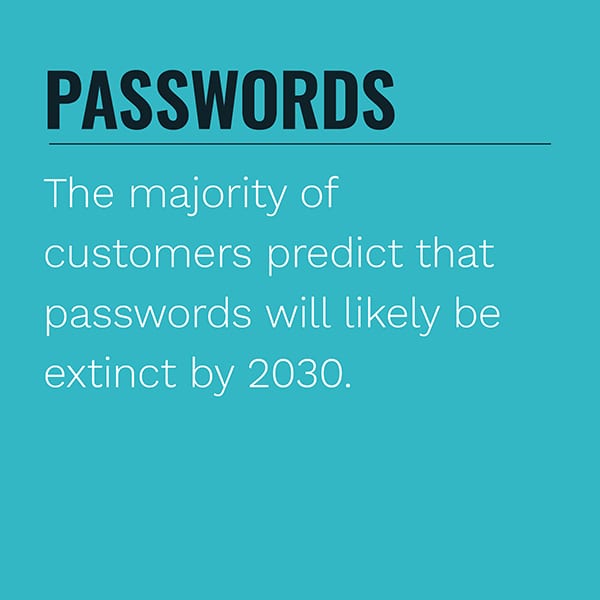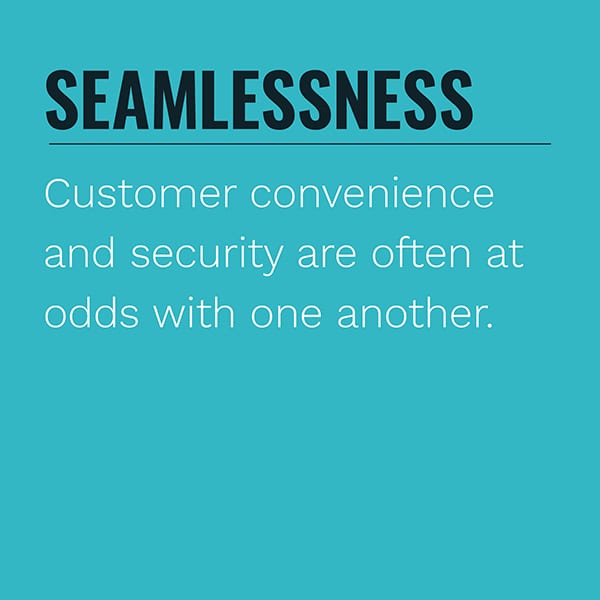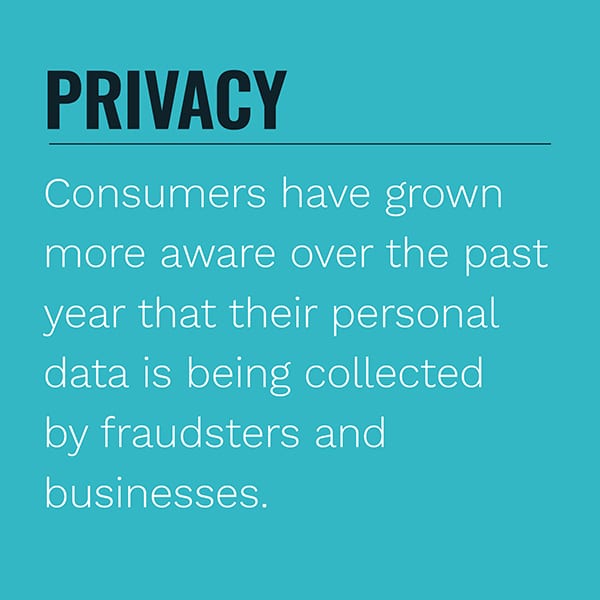More than half of current digital banking users plan to continue leveraging digital or mobile channels in the future, for example, while just 6 percent plan to return to in-person banking.
This means that a seamless yet secure digital experience is crucial as banks and businesses begin to rethink their customer relationships. Security and convenience are both top priorities, with 21 percent of consumers saying they have ditched purchases because the process took too long. Eighteen percent cited excessive security checks as a reason for dropping out, and 11 percent reported that their payments were declined, possibly due to being flagged as false positives. Finding a balance between these two objectives will be paramount in the months and years to come.
The June Monetizing Digital Intent Tracker®: Using Behavior As A Service To Drive Top-Line Growth explores the latest in the world of behavioral analytics, including these systems’ deployment as a means of fraud prevention, how they analyze customer friction points and alert staff to address them, and their usefulness in preventing customer abandonment and improving conversion.
 Developments From The Behavioral Analytics World
Developments From The Behavioral Analytics World
Credit unions (CUs), banks and other financial institutions (FIs) are also dealing with growing levels of fraud, with a study finding that 74 percent of banks observed increases in cybercrime since the beginning of 2020. This is due in part to the health crisis but also because of complications in cybersecurity practices, as FIs’ IT, cybersecurity and risk management budgets were cut by 26 percent on average over the past 12 months. Forty-two percent of FIs said that remote working has also made fraud prevention more difficult. Some banks are turning to behavioral analytics to streamline these fraud prevention issues by handing most of the work off to artificial intelligence (AI) and relying on human staff to double-check only flagged login attempts.
Customers are also growing more aware of their personal data privacy, fearing its misuse not only by fraudsters but also corporations. Forty percent of consumers have grown more concerned about their online privacy over the past year, and 26 percent said they were unaware that their personal data was being collected. Some businesses are sidestepping this fear by using behavioral analytics, which harvests no customer data at all and thus cannot be associated with a particular customer.
Another pressing challenge in the cybersecurity world is balancing ironclad sec urity measures with a smooth and seamless customer experience. These two objectives are often presented as polar opposites, with many security enhancements resulting in yet another obstacle for customers to clear, said Neuro-ID CEO Jack Alton in PYMNTS’ Connected Economy’s Power Source – CEO Edition. Many businesses are threading this needle by leveraging behavioral analytics, which operates seamlessly in the background and requires no extra steps for consumers.
urity measures with a smooth and seamless customer experience. These two objectives are often presented as polar opposites, with many security enhancements resulting in yet another obstacle for customers to clear, said Neuro-ID CEO Jack Alton in PYMNTS’ Connected Economy’s Power Source – CEO Edition. Many businesses are threading this needle by leveraging behavioral analytics, which operates seamlessly in the background and requires no extra steps for consumers.
For more on these and other behavioral analytics news items, download this month’s Tracker.
How Behavioral Analytics Can Keep Fraud In Check While Boosting Conversion
Businesses have struggled to balance security and customer convenience for years, with each security enhancement potentially adding more customer friction into the mix. Building in too many layers can ultimately cause customers to abandon their transactions, with users defecting to competitors that offer smoother experiences.
In this month’s Feature Story, Harris Chen, senior product manager at New York-based identity decisioning platform Alloy, explains how behavioral analytics can help banks battle the rise in fraud while keeping their customers’ journeys seamless and satisfying.
 Deep Dive: How Behavioral Analytics Improves Conversion By Limiting Customer Friction
Deep Dive: How Behavioral Analytics Improves Conversion By Limiting Customer Friction
Fraud prevention is a necessity for banks, businesses and any other players on the digital stage, but obtrusive cybersecurity measures can come at a cost. Excessive security checks and identity verification measures can deter customers from completing transactions, costing companies even more than what a fraudster could steal.
In this month’s Deep Dive, PYMNTS examines how behavioral analytics can improve conversion rates by performing fraud checks behind the scenes and identifying potential hiccups in the checkout or sign-up experience.
About The Tracker
The Monetizing Digital Intent Tracker®: Using Behavior As A Service To Drive Top-Line Growth, a PYMNTS and Neuro-ID collaboration, is the go-to monthly resource for updates on trends and changes in behavioral analytics.
